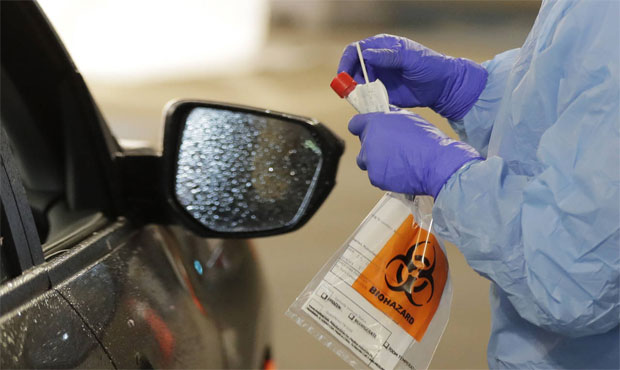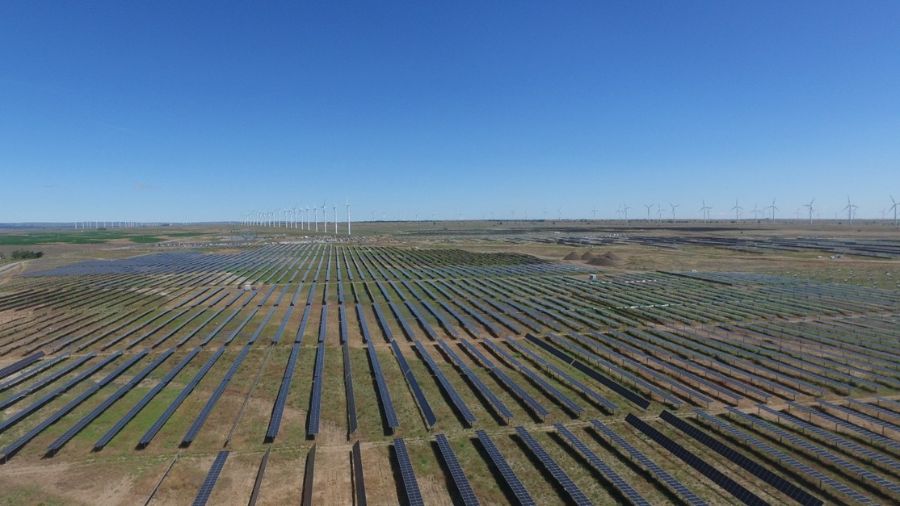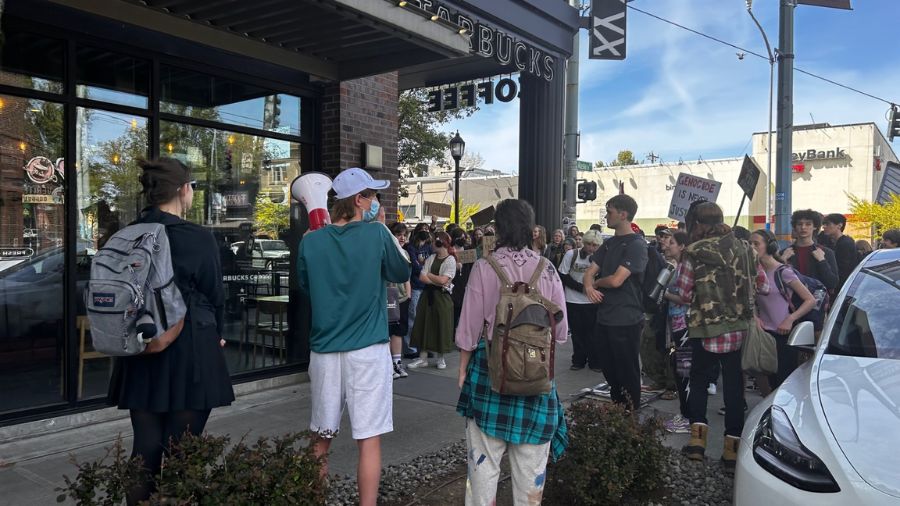Seattle scientist details ‘gold standard’ for tracking COVID-19 outbreak
Apr 8, 2020, 1:00 PM

Workers at UW Medicine's drive-through testing facility. (AP Photo/Ted S. Warren)
(AP Photo/Ted S. Warren)
While testing nasal swabs has been the preferred method for identifying COVID-19 cases across the U.S., identifying people who have already recovered from the virus could very well be the best way to truly track its spread.
UW Medicine testing app designed to predict next major outbreak
That’s done in what’s called a serological survey, where blood samples are taken from people to determine whether they have antibodies that indicate they have successfully fought off the virus.
Those antibodies can linger for months after the illness has fully subsided, allowing health officials to track the movement and severity of coronavirus long after the fact. This is largely viewed as the best way to be completely certain about the number of total infections.
“The gold-standard approach here is to conduct serological surveys of the population,” said Seattle Fred Hutchinson scientist Trevor Bedford.
Right now, cases are being tracked through testing done with nasal swabs. That’s also varied in volume and capacity in the United States, and can only detect the presence of coronavirus within a 2-3 week window.
Fred Hutch scientist: Coronavirus response ‘Apollo program of our time’
After-the-fact blood testing for antibodies, though, can help us get a more accurate sense of the COVID-19 outbreak as a whole, and even provide crucial data for developing a vaccine.
“The arrival of seroprevalence estimates should help to dial in a lot of our numbers,” said Bedford. “By learning total number of infections we can better estimate population-level severity.”
To that end, the World Health Organization is undertaking its own serological survey, titled Solidarity II. A number of similar surveys are also underway in the United States.
“Hopefully data from these studies will start to emerge soon,” Bedford noted.












